About Me
 Me in a happy place.
Me in a happy place. I come from the island of Newfoundland in Canada. I never
much cared for science until my first year of university, when I was inspired by Carl Sagan, Stephen
Hawking, Richard Feynman (I know, I know) and my first look at the Orion Nebula through a telescope. From then on I was hooked on physics
and astronomy. I switched to a joint degree in physics and applied mathematics at Memorial University of
Newfoundland, completing my undergraduate dissertation on relativistic gravitational scattering with Dr.
John Lewis. I then went to grad school at Caltech and got into star formation theory while working with
Dr. Phil Hopkins, eventually resulting in my doctoral dissertation, "The Role of Stellar Feedback in
Star Cluster Formation". As a postdoctoral fellow at Northwestern University I co-founded STARFORGE with
my grad school buddy David Guszejnov, and I carried on this work as a Hubble Fellow at Carnegie and now as an Associate Research Scientist - Software at Flatiron!
I try to practice uncompromised honesty and candor in my science.
We are tackling tough problems not to be solved overnight, with an endless supply of dead-ends that
get
the right answer for the wrong reasons. For me, the best approach is to stay grounded, be
realistic
about the limitations
of
our
models, and apply physical intuition and thought experiments to the code and equations.
When not being a physicist or a computer-toucher I like walking up hills and eating lots of snacks. Sometimes I even attempt to be speedy in the mountains.


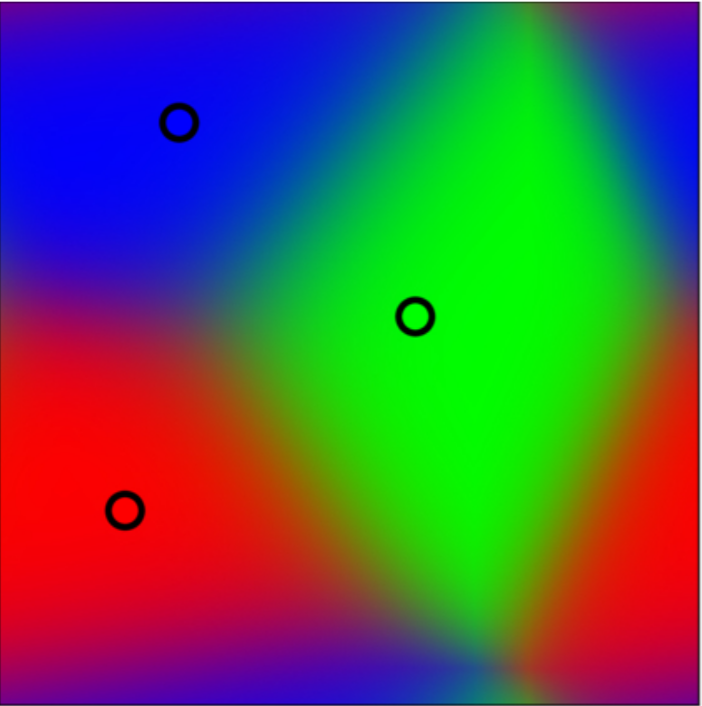


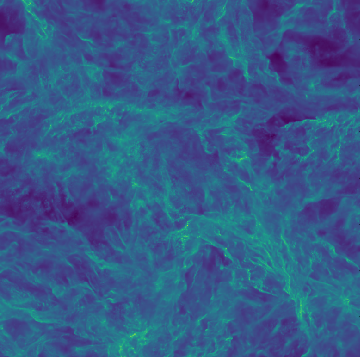



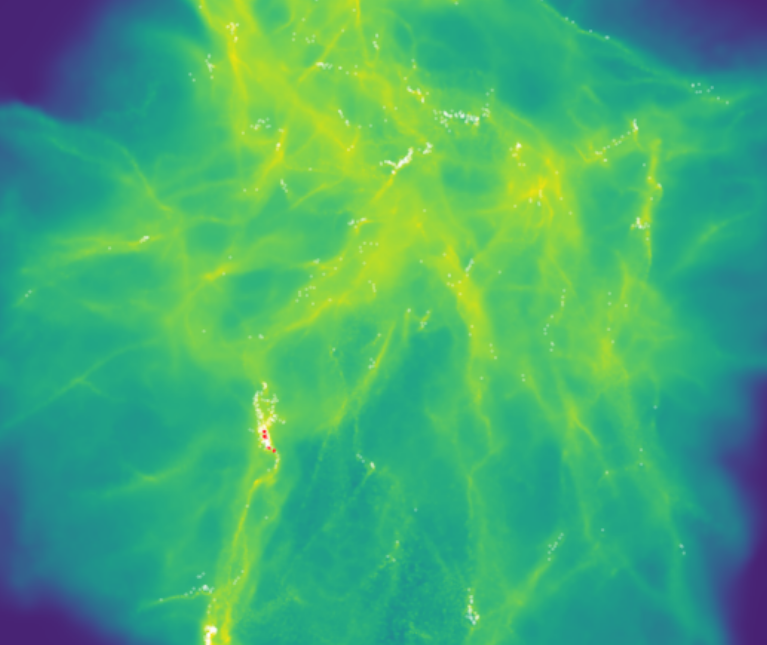
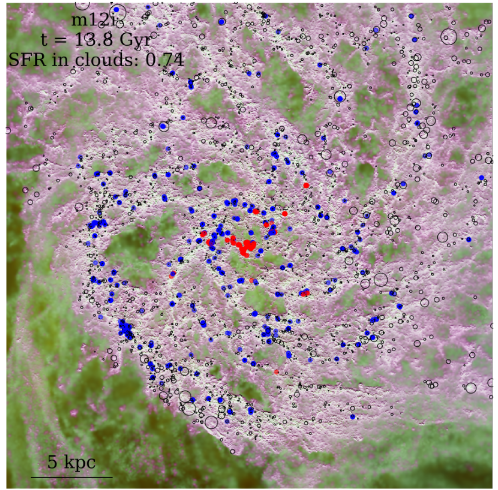
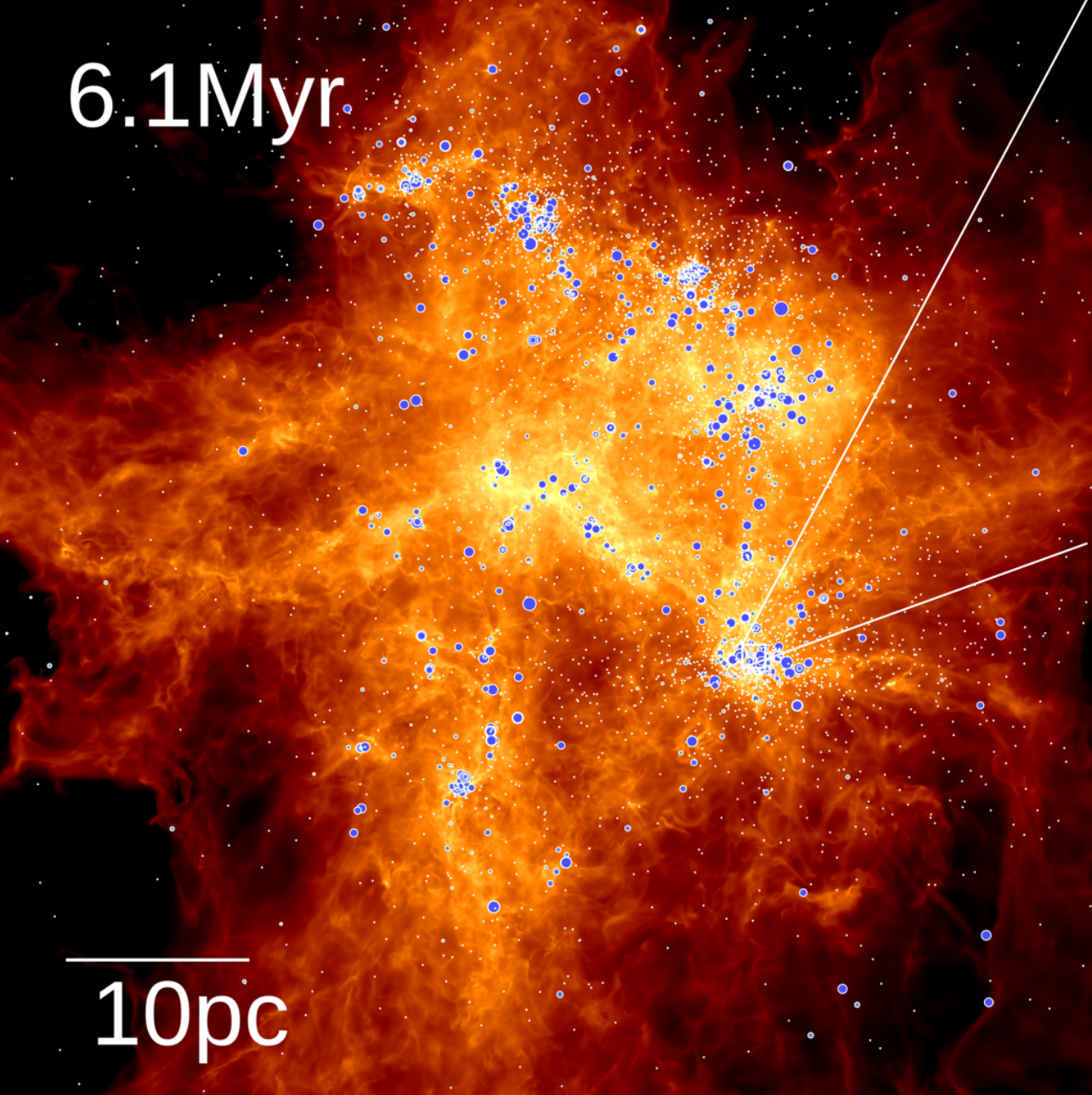

 Me in a happy place.
Me in a happy place.